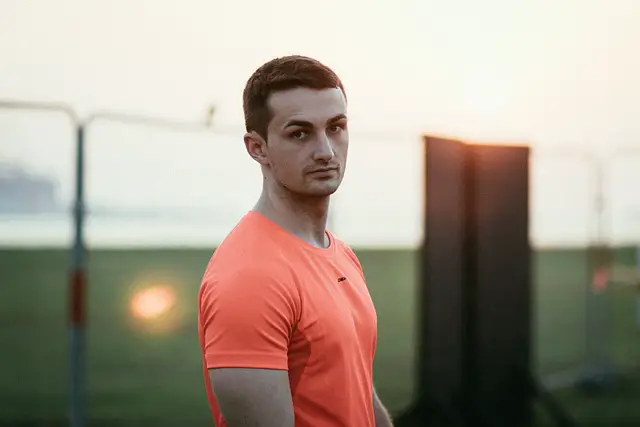Swimming has always been a popular activity, whether for leisure, fitness, or competitive sport. This holistic exercise is well-loved due to its low-impact nature and full-body workout. An integral aspect of swimming that leads to its versatility and appeal is the different types of swimming strokes.
What are the different swimming strokes, and why does it matter?
Swimming strokes are the styles or techniques which swimmers use to move through the water. These strokes are the freestyle, backstroke, breaststroke, butterfly, and sidestroke. Each stroke targets different muscle groups, provides varying levels of intensity, and accomplishes different objectives. Understanding these strokes can help you get the most out of your swim, whether you’re looking for a relaxing swim or an intense aquatic workout.
The Freestyle Stroke
Why is freestyle the most common stroke?
The freestyle stroke, also known as the front crawl, is the fastest and most efficient of all swimming strokes. It’s typically the first stroke taught to beginners and is the most used in competition and recreational swimming due to its speed and efficiency.
The freestyle stroke involves alternating arm movements pulled through the water and a flutter kick. The continuous movement makes it an excellent cardiovascular workout, while the water resistance tones the body. It primarily targets the shoulders, back, and leg muscles, but also engages the core.
The Backstroke
How does backstroke differ from other strokes?
The backstroke, as the name suggests, involves swimming on your back. This stroke consists of alternating arm movements similar to the freestyle stroke, but while facing upwards. The flutter kick is also used in this stroke.
The backstroke provides a total body workout, but with an increased focus on the shoulders, lats, and chest muscles. An additional benefit of this stroke is that it allows swimmers to breathe freely, making it less strenuous for beginners or those looking for a more relaxed swim.
The Breaststroke
Why is breaststroke considered a challenging stroke to master?
The breaststroke is a more complex swimming stroke involving simultaneous movements of the arms and legs in a whip-like motion. This stroke requires precise timing and a good deal of coordination, making it more challenging to master. Nonetheless, it’s a popular stroke due to its speed, despite being slower than freestyle and backstroke.
The breaststroke works the chest, shoulders, arms, and legs while providing a moderate cardiovascular workout. Moreover, it’s a fantastic stroke for improving flexibility, particularly in the hips and thighs.
The Butterfly Stroke
What makes the butterfly stroke unique?
The butterfly stroke is the most physically demanding and technically challenging stroke. It involves simultaneous over-water arm movements and a unique dolphin kick. It requires strong core strength and excellent coordination.
The butterfly stroke targets the chest, shoulders, and back muscles, offering an intense muscular and cardiovascular workout. Despite its difficulty, mastering this stroke can be incredibly rewarding, both in terms of fitness and technique.
The Sidestroke
What is the sidestroke’s primary purpose?
The sidestroke is a lesser-known but practical stroke. It was traditionally used by lifeguards for rescue missions as it allows for easy breathing and visibility. The sidestroke involves a scissor kick and alternating reaching-and-pulling arm movements.
It provides a full-body workout, although at a quite reduced intensity. It can be a good choice for beginners or those looking for a relaxed, leisurely swim.
By understanding and practicing these different swimming strokes, you can maximize the benefits of your swimming sessions, cater them to your fitness goals, and potentially unlock a newfound love for this versatile sport.




